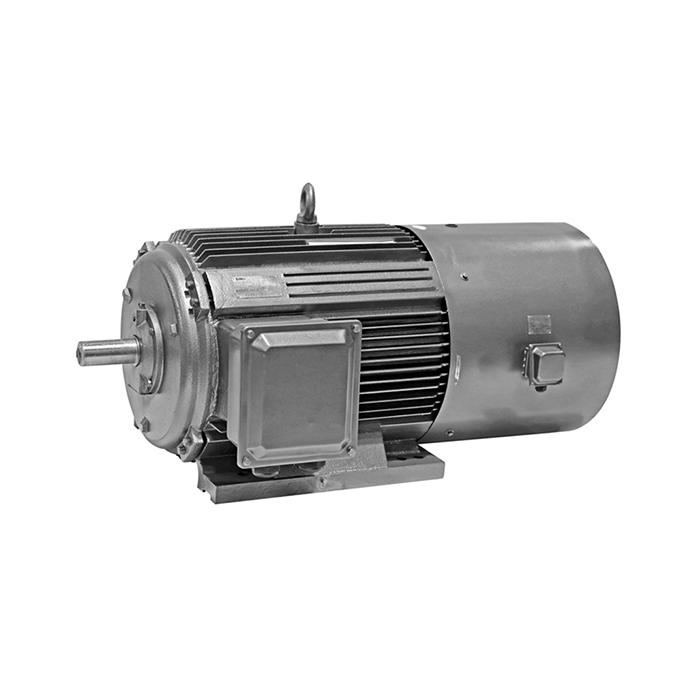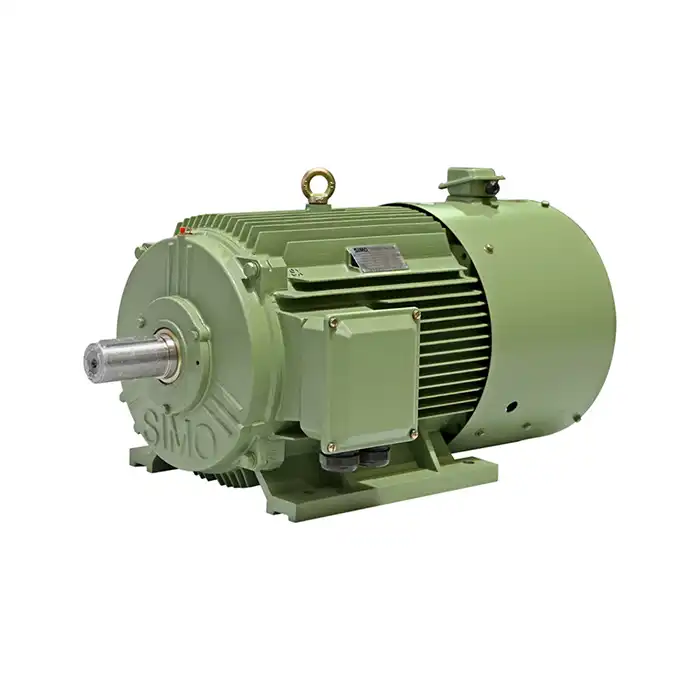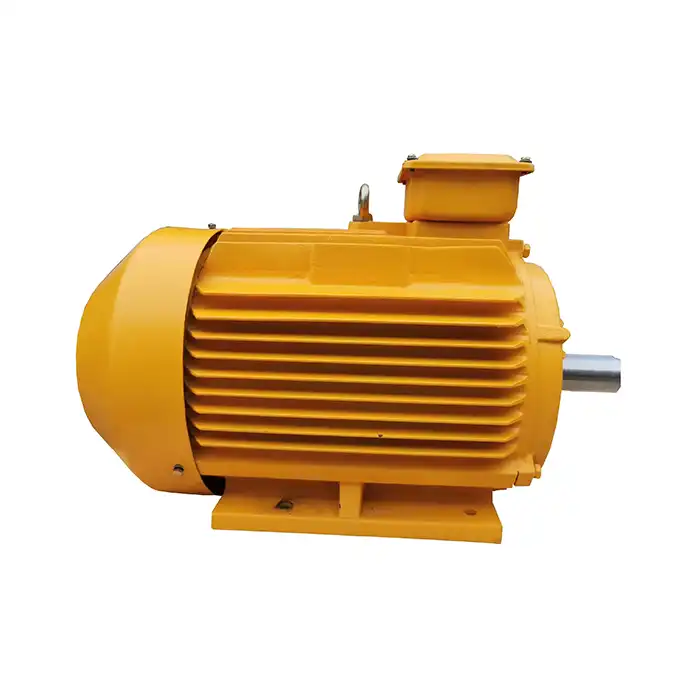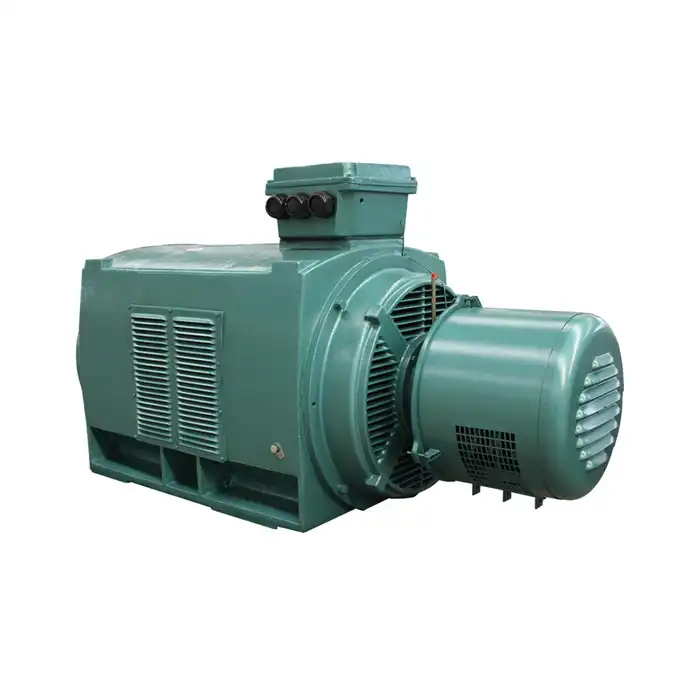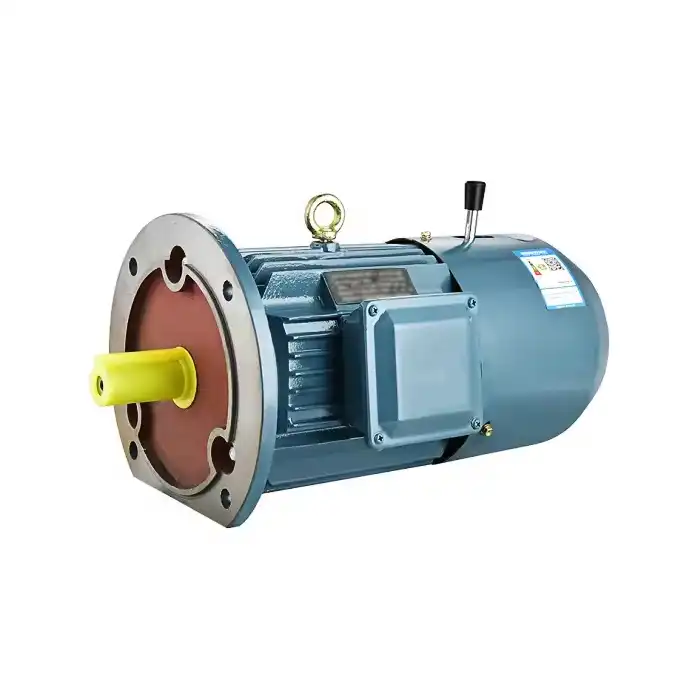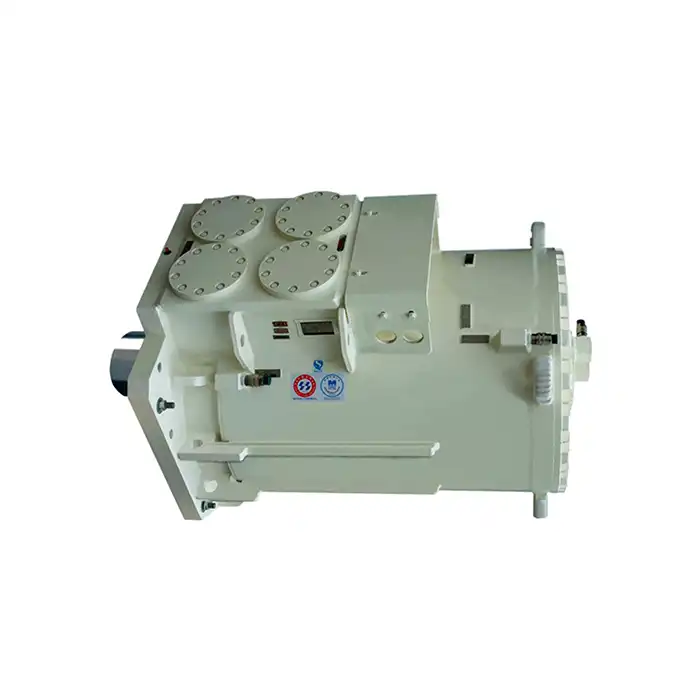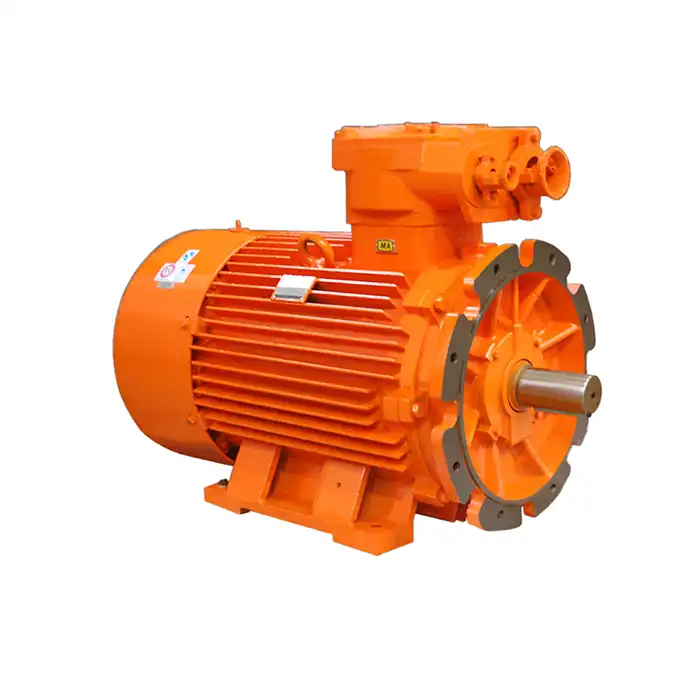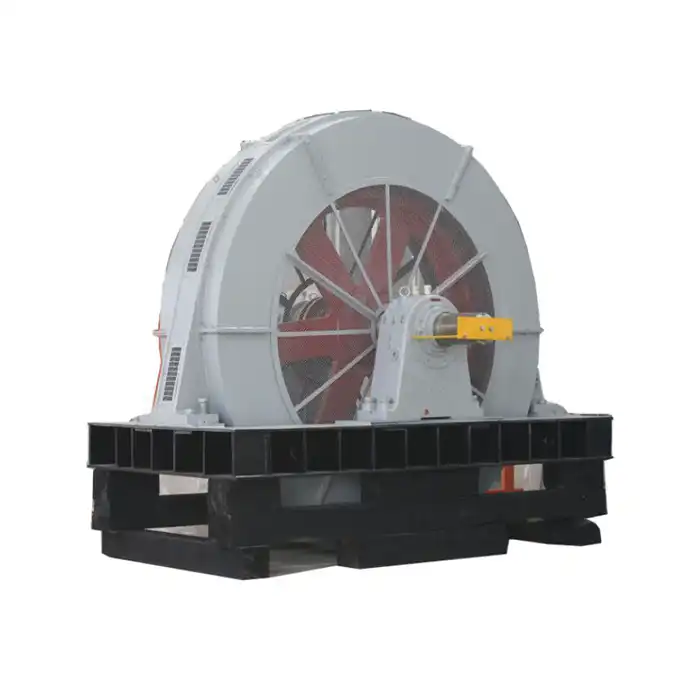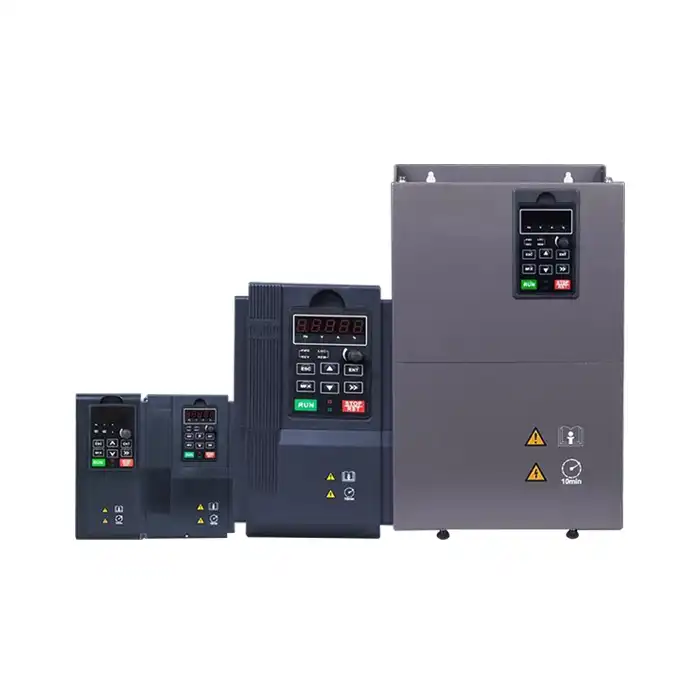Sizing Motors for HVAC Applications
Proper sizing of IEC low voltage motors are essential for HVAC systems to function efficiently and effectively. Undersized motors may struggle to meet demand, while oversized motors can lead to unnecessary energy consumption and increased costs.
Determining Power Requirements
To accurately size a motor for HVAC applications, consider the following factors:
Total static pressure of the system
Airflow requirements
Fan efficiency
Operating conditions (temperature, altitude, humidity)
Safety factors
Calculate the required horsepower using the formula:
HP = (CFM × Total Static Pressure) / (6356 × Fan Efficiency)
Where:
HP = Horsepower
CFM = Cubic Feet per Minute (airflow)
Total Static Pressure is measured in inches of water
Fan Efficiency is expressed as a decimal
Selecting the Right Frame Size
After determining the required power, choose an appropriate frame size based on IEC standards. Common frame sizes for HVAC applications include:
80 - 90 frames for smaller systems
100 - 132 frames for medium-sized applications
160 - 280 frames for larger industrial HVAC systems
Consider factors such as mounting options, available space, and cooling requirements when selecting the frame size.
Speed and Torque Considerations
HVAC systems often require variable speed operation. When selecting an IEC low voltage motor, consider:
Base speed (typically 1500 or 3000 rpm for 50 Hz systems)
Speed range requirements (30-50 Hz, 5-70 Hz, or 5-100 Hz)
Torque characteristics across the speed range
Starting torque requirements
Ensure the selected motor can provide adequate torque throughout the required speed range to maintain system performance.
Energy-Efficient Motors in Climate Control
Energy efficiency is a critical factor in HVAC motor selection, impacting both operating costs and environmental sustainability. IEC low voltage motors with high efficiency ratings can significantly reduce energy consumption in climate control systems.
Understanding IEC Efficiency Classes
IEC 60034-30-1 defines efficiency classes for low voltage motors:
IE1: Standard Efficiency
IE2: High Efficiency
IE3: Premium Efficiency
IE4: Super Premium Efficiency
For HVAC applications, IE3 or IE4 motors are recommended to maximize energy savings and reduce operating costs.
Benefits of High-Efficiency Motors in HVAC
Implementing high-efficiency IEC low voltage motors in HVAC systems offers several advantages:
Reduced energy consumption and lower utility bills
Decreased heat generation, leading to longer motor life
Improved system reliability and reduced maintenance costs
Smaller carbon footprint and enhanced sustainability
Calculating Energy Savings
To estimate potential energy savings when upgrading to a more efficient motor, use the following formula:
Annual Energy Savings (kWh) = HP × 0.746 × Operating Hours × Load Factor × (1/ηold - 1/ηnew)
Where:
HP = Horsepower of the motor
Operating Hours = Annual hours of operation
Load Factor = Average motor load (typically 0.75 for HVAC applications)
ηold = Efficiency of the existing motor
ηnew = Efficiency of the new motor
Variable Frequency Drives (VFDs) and Energy Efficiency
Pairing IEC low voltage motors with VFDs can further enhance energy efficiency in HVAC systems by:
Allowing precise speed control to match system demand
Reducing energy consumption during partial load conditions
Improving overall system efficiency and performance
Extending motor and equipment life through soft starting and stopping
When selecting motors for use with VFDs, ensure they are inverter-duty rated and compatible with the chosen drive system.
Noise Reduction: Choosing Quiet HVAC Motors
Noise levels are an important consideration in HVAC motor selection, particularly for applications in sensitive environments such as hospitals, schools, or residential buildings. Selecting quiet IEC low voltage motors can significantly improve occupant comfort and comply with noise regulations.
Understanding Motor Noise Sources
Motor noise in HVAC systems typically originates from:
Electromagnetic forces (magnetic noise)
Mechanical vibrations (bearing noise, rotor imbalance)
Aerodynamic noise (cooling fan)
Harmonics from VFD operation
Strategies for Selecting Quiet Motors
To minimize noise in HVAC applications, consider the following when selecting IEC low voltage motors:
Choose motors with low noise ratings (measured in dB)
Opt for premium-quality bearings to reduce mechanical noise
Select motors with balanced rotors to minimize vibration
Consider motors with integrated noise-reducing features (e.g., optimized cooling fan design)
Use inverter-duty motors with appropriate insulation for VFD applications to reduce harmonics-related noise
Noise Reduction Techniques in Motor Installation
In addition to selecting quiet motors, implement these installation practices to further reduce noise:
Use flexible couplings to isolate motor vibrations from the driven equipment
Install motors on vibration-absorbing mounts or pads
Ensure proper alignment of motor and driven equipment
Implement sound-absorbing materials in the motor enclosure or surrounding area
Consider using motor enclosures designed for noise reduction in sensitive applications
Measuring and Monitoring Motor Noise
To ensure compliance with noise requirements:
Measure motor noise levels using a sound level meter
Conduct regular noise assessments as part of maintenance routines
Monitor for changes in noise levels, which may indicate developing issues
Compare measured noise levels to manufacturer specifications and local regulations
Call to Action
For your HVAC system to work at its best, save energy, and keep occupants comfortable, you must choose the correct IEC low voltage motor. Here at XCMOTOR, we have an extensive selection of high-quality motors made for HVAC systems that are meant to be energy efficient. If you need help deciding which motor is best for your needs, our knowledgeable staff is here to help.
Experience the XCMOTOR advantage:
Wide power range from 0.75kW to 1000kW
IE4 Super Premium Efficiency motors for maximum energy savings
Flexible frequency ranges to suit various applications
Robust construction with IP55 protection (standard) for reliable operation
Customizable options to meet your unique needs
Don't settle for less when it comes to your HVAC system's performance. Contact XCMOTOR today at xcmotors@163.com to discuss your motor requirements and discover how our solutions can optimize your climate control systems.



